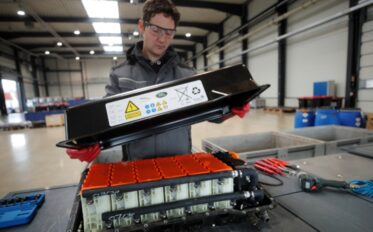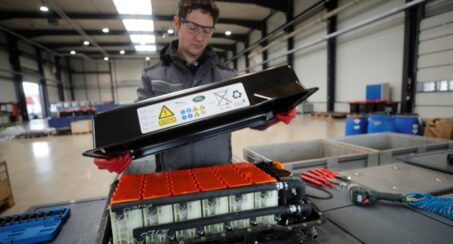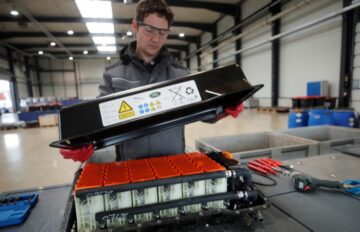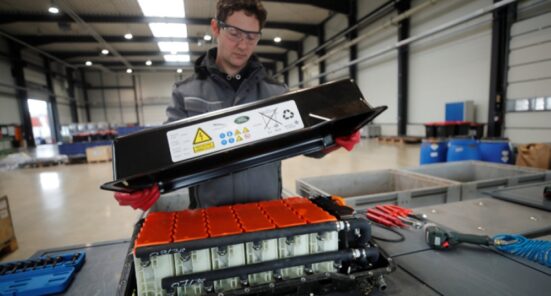In 2030, more than half of the cars sold in Europe will be electric cars. Meanwhile, an increasing share of electricity is produced through renewable sources, and batteries are needed to buffer the demand. Large scale production of batteries is very energy- and resource intensive, and with the demand expected to skyrocket these in the coming years, it becomes urgent to adopt a set of sustainability requirements.
Electric car Li-ion battery contains valuable raw materials such as Cobalt, Lithium and Nickel, some of which have to be imported from countries where mining can cause important damages, for example on the water resource.
The production of batteries is a very energy -intensive process, and an estimated 70 to 110kg of CO2-eq is emitted when manufacturing 1kWh of battery (see also here). Small electric cars, such as the Renault Zoé, have batteries of 41kWh, which means that several tonnes of CO2 are emitted by each electric vehicle battery put on the market.
The capacity of electric car batteries decreases overtime, and, after around approximately 10 years, batteries can no longer be used in a car, but these batteries they can still be used for as up to 10 years to store energy in buildings. Extending the lifetime of e-car batteries and facilitating their reuse in other applications is essential given how valuable they are, how energy- and resource -intensive their production is, and since valuable materials like Lithium contained in batteries cannot yet be efficiently recycled.
WHAT’S THE EUROPEAN UNION DOING?
The European Commission has published a Strategic Action Plan on batteries, which also introduced an analysis of sustainability requirements for batteries. Ecodesign is one of the tools envisaged to introduce minimum sustainability (e.g. durability and recyclability) requirements, and the preparatory study is being finalised. The revision of the Batteries Directive is scheduled for 2020 and will complement the ecodesign work.
WHAT DOES THE COOLPRODUCTS CAMPAIGN WANT?
- Develop durability requirements for batteries (e.g. minimum number of charging cycles);
- Introduce design requirements facilitating second life applications, by giving easier access to state-of- health data for example, and design requirements easing repair, and ultimately dismantling and recycling.
Coolproducts technical inputs and position papers:
2019 – Europe needs an ambitious regulatory framework to guarantee sustainability of batteries
Useful links
JRC study: Sustainability Assessment of Second Life Application of Automotive Batteries (SASLAB)
European Commission impact assessment on sustainability requirements for batteries
European Commission impact assessment on sustainability requirements for batteries
Circular Economy Perspectives for the Management of Batteries used in Electric Vehicles













